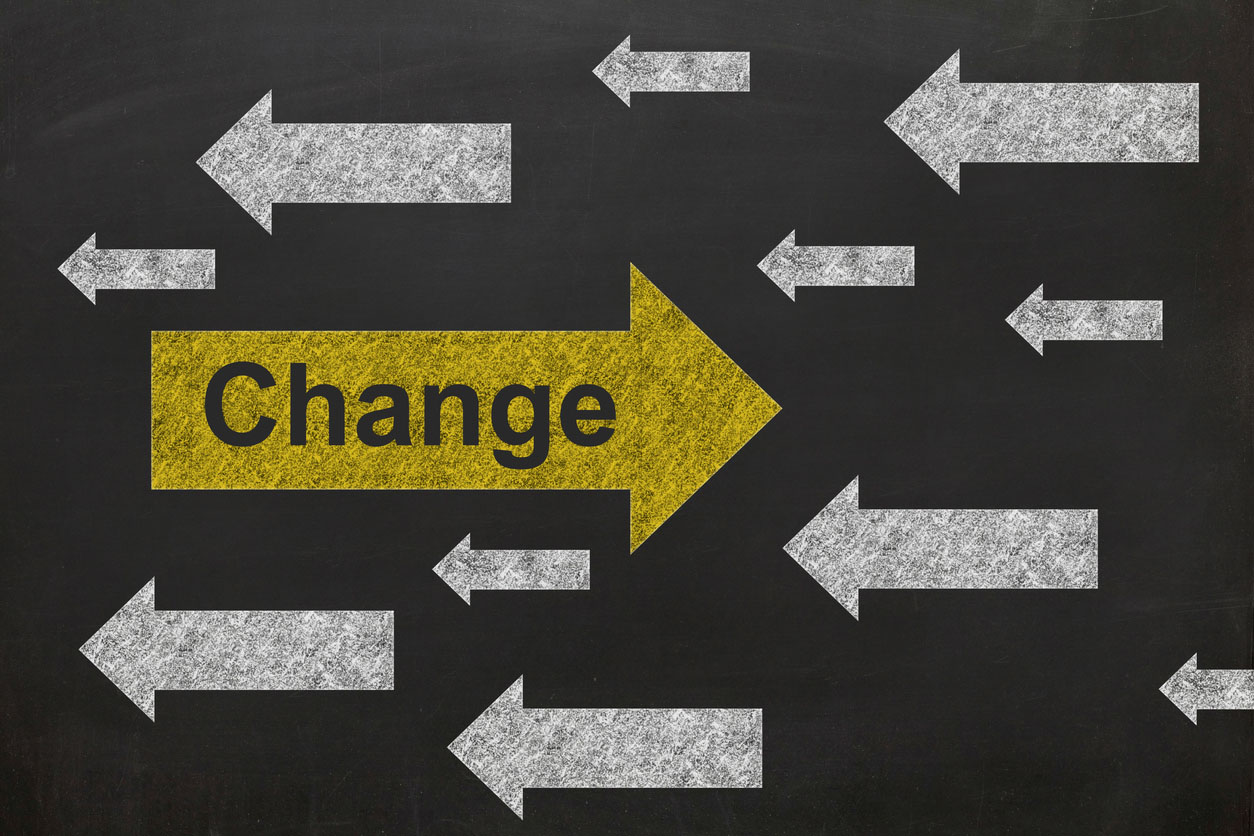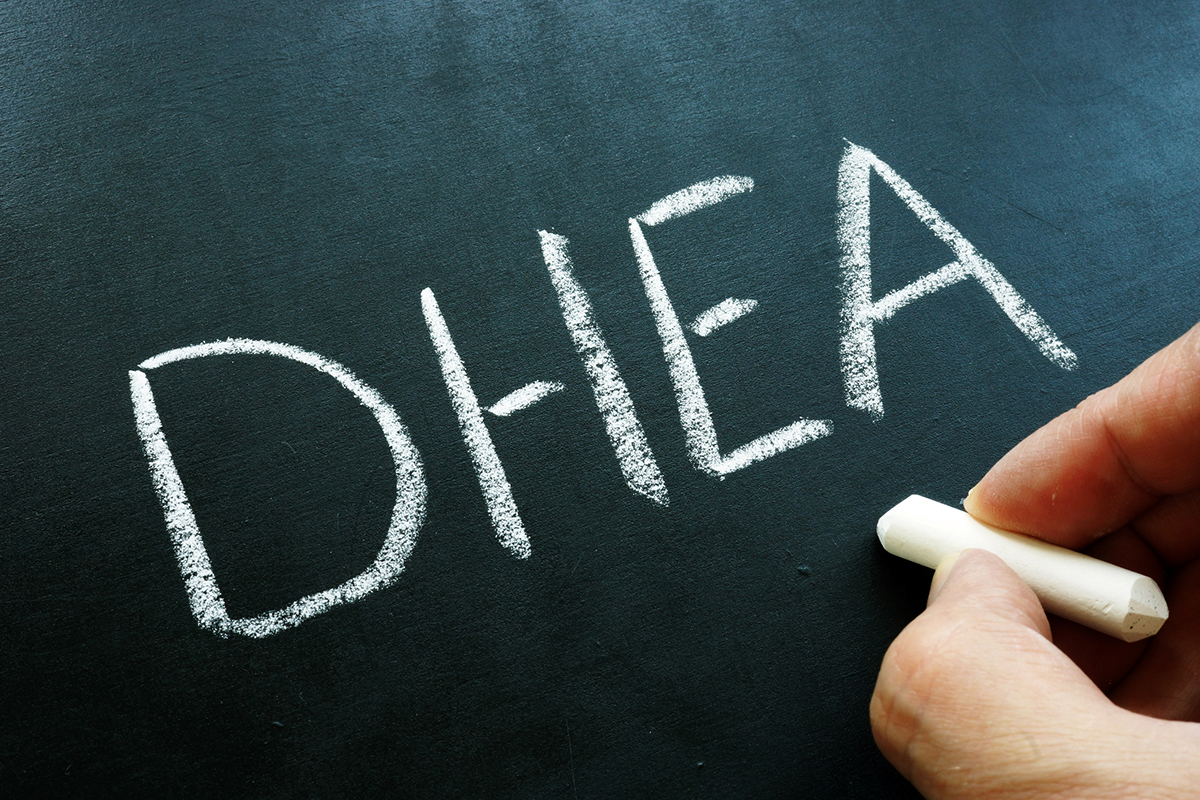This article originally appeared on SuperFood Living. It’s been reprinted here for your education and enjoyment.

The liver is a vital organ that we can’t live without.
Rendezvous with the Liver Facts
- The liver is the second largest organ in the body, the heaviest internal gland, and it weighs 3.5 pounds
- It performs both exocrine and endocrine functions
- 1500 ml of blood flows through it per minute
- It secretes bile that contains bile acids which help with the intestinal absorption of fats, fat-soluble vitamins (A, D, E & K) and digestion
- It holds 1 pint, or 13 percent of the body’s entire blood supply at any given moment
Overview
In ancient times, it was regarded as the seat of inner emotions and repository of life.
The liver is maroon in color and is shaped like that of a boomerang (cone-shaped). The liver is also the second largest gland in the body (the skin is the largest). It is an über-important organ because it serves as the “border inspection” station of your body. Virtually every food item we consume, whether or not it has a valid passport, has to pass through the liver so it can be converted into a different biochemical form. This conversion is what facilitates the nutrients present in foods to be utilized, transported to different places in the body, or amassed as an extra inch of blubbery slop on your thighs.
Where is your liver located?
Liver Anatomy
The liver is located below the ribcage in the upper right quadrant of the abdomen, just above the small intestine and pancreas. If you want to feel it, lie on your back. This will aid in relaxing your abdominal muscles and in turn make it easier to find the liver. Move your fingers from your sternum, down along your ribcage on the right side. The liver is partially hidden by your ribs. You may, however, be able to feel a minor bulge, depending on the composition of your body.
It has two large sections called the left and right lobes, each composed of thousands of lobules. The lobules are connected to small ducts, which connect with larger ducts to eventually create the hepatic duct. The hepatic duct further transports the bile (greenish fluid that aids in breaking down fats and eliminating waste from the body) secreted by the liver cells to the duodenum and gallbladder. Additionally, it utilizes bile to ward off bilirubin from the blood.
Bilirubin is a substance, which comes from the breaking down of hemoglobin in dead red blood cells. Increased levels of bilirubin result in jaundice – yellowing of skin and all mucous membranes, which includes the eyeballs where the yellowing is detected earliest and easily – a red flag of several liver diseases.
The liver does three major things – makes proteins, helps digest food and eliminates bad stuff. All the blood that comes to the small intestines flows via the portal vein into the liver. Thus, all of the nutrients we consume have to go through the liver prior to passing through the heart for generalized distribution.
How large is the liver?
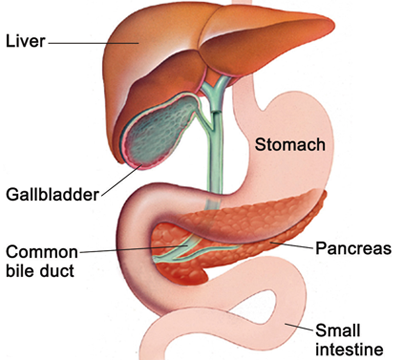
This organ weighs approx 3.5 pounds. It measures around 6.5 inches vertically, 8 inches horizontally and is 4.5 inches thick.
Reasons to love your liver – A Multitasking Organ
- It keeps us alive! Not only does it help your blood clot if you cut or scrape yourself, you need it to function properly in order to live. The bottom line is if it dies, you die.
- Detoxifies the blood to free it of harmful substances like drugs and alcohol
- Converts ammonia to urea, which is necessary for metabolism
- Regulates blood sugar and hormones in the body
- Makes use of cholesterol in the blood
- Destroys old red blood cells
- Creates and secrets bile that consists of bile acids which help in the intestinal absorption of fat and fat-soluble vitamins
- Synthesizes, processes (metabolizes) and stores fats, including cholesterol and fatty acids
- Synthesizes proteins and stores iron, glucose and Vitamin B12, and aids in getting nutrients to your body through processing all foods – proteins, fats and carbohydrates – that can be utilized throughout your body
- Serves as the first source of glucose when you rush to the burger stand at lunch time, since the sugar in your blood offers only 10 minutes of energy. It then does dual duty to break down the nutrients from the burger through detoxification. This is the reason you do not burn fats instantly when you begin exercising, since your body is utilizing the fuel stored as glucose in the liver
- Fights off diseases, infections and viruses by metabolizing antibiotics
Liver Disorders
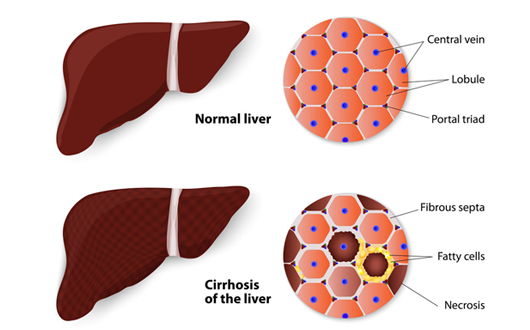
Some liver disorders include:
- Cirrhosis – It has many causes, however the most common is long-term (20 or 30 years) hepatitis C infection or excessive alcohol consumption. The cells of the liver are progressively replaced by scar tissue that gravely impacts the gland’s ability to function.
- Cancer – Akin to other body organs, the liver can develop cancer. Liver cancer is a disorder wherein some of the liver cells start to reproduce swifter that they should. They can lead to tumors, which are usually diagnosed by taking images of the liver through ultrasound, magnetic resonance imaging (MRI) or CT scan. Having hepatitis B or C can elevate the chances of getting liver cancer, called hepatocellular carcinoma.
- Fatty Liver – It occurs when fats amass inside the liver cells, causing steatosis (cell enlargement) and sometimes steatohepatitis (cell damage) and can eventually lead to cirrhosis. It is perhaps the most common in the United States. Similar symptoms are also seen in people who do not consume alcohol but are obese, have high levels of cholesterol or suffer from diabetes. The liver becomes bloated, causing immense discomfort in the upper side of the abdomen.
- Galactosaemia – The body’s reaction to specific sugars harms the liver and other organs in the body. This is a rare, inherited disease.
- Hepatitis – A term means swelling or inflammation of the liver. It is also used to refer the infections in the liver caused by specific viruses like hepatitis A-E, alcohol, medications and even some genetic disorders.
- Wilson’s disease – The liver cannot excrete copper. Several organs of the body, including the brain and liver are gravely affected by the excessive copper levels.
Alcoholic liver diseases
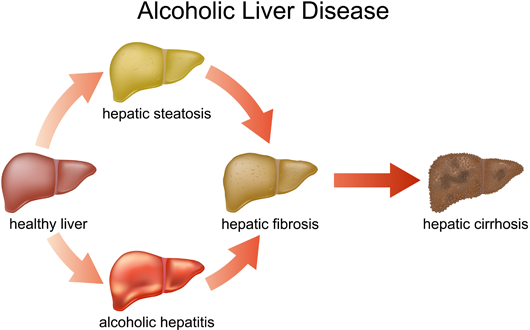
(I wish I could exchange my heart for one more liver, and then I could drink more and care less)
People get alcoholic liver disorder by drinking large amounts of alcohol for many years. It does not matter whether the alcohol comes from beer, wine or hard liquor consumption. Any kind of alcohol can cause liver damage.
So how much alcohol is too much? It basically depends on whether you are a man or woman. Studies have revealed that women can have liver disease at lower levels of alcohol consumption as opposed to men.
- For women: four or more units of alcohol daily for at least a year
- For men: six or more units of alcohol daily for at least a year
The good news is that the livers of heavy alcohol drinkers can improve if they completely stop drinking.
Red Flags
- Dark urine
- Vomiting, nausea or fever
- Anemia, passing black stool or vomiting blood
- General malaise
- Changes in mental state – confusion, drowsiness and altered sleep patterns (awake at night)
- Appetite loss, weight loss
- Enlarged abdomen or swollen ankles
- Diarrhea or jaundice
Causes
- Hepatitis (viral infections)
- Conditions leading to bile duct or liver cell damage
- Alcohol-related liver diseases
- Non-alcoholic fatty liver disorders
- Toxic effect of medications
- Inherited or congenital abnormalities of the liver – accumulation of copper and iron in the body or some rare enzyme disorders
Diagnosis
Physical examination – the liver may be enlarged
Ultrasound scans of the abdomen – three-dimensional X-ray utilizing sound waves. This is utilized to look at the liver and other organs, including checking their shape and size, assessing fluid accumulation and checking for abnormal lumps.
Biopsy – The most accurate method to diagnose the type of liver disorder is through biopsy. This procedure involves removing a very thin piece of liver tissue and then examining it under the microscope in a lab
Blood tests – to assess the levels of liver enzymes (AST, ALT & alkaline phosphate enzymes), jaundice and to check the production ability of the gland
Reversing Liver Damage
Treatments for the Liver
- Rest
- Surgery, radiotherapy, liver transplantation and chemotherapy are common treatments for liver cancer
- Medications like antiviral drugs to treat viral infections
- Avoiding alcohol or any drugs that may deteriorate the health of the liver
- A well-balanced, nutritious diet
- Maintain a healthy body weight
- Do not have unsafe sex
- Get vaccinations against hepatitis A and B recommended by CDC Advisory Committee on Immunization Practices
- If you have diabetes, control your blood sugar levels
- Do not share toothbrushes or razors
- Keep body fats and cholesterol within the recommended range
Liver Transplants Should be the Last Resort
Transplants are considered by the doctors only when a patient might die of liver disorder within one to three years. This is usually a case when a person suffers from liver cancer, some severe liver disease or if the liver has stopped functioning properly. Being considered for transplant does not at all mean that the patient is in danger of dying right away.
A transplant replaces an unhealthy liver with a healthy one from someone else (donor). The liver for transplant is matched for the body, blood type and size. Transplantation is a long process, which involves a lot of medical care. After a transplant, the patient needs to take lifelong medications in order to keep the body from rejecting the new liver and a lifetime of follow-up care from a specialist. Survival rates after the transplantation are higher than 90% and patients usually lead a good, quality life after their recovery.
Pamper Your Liver, Naturally

Drink Water and Surprise Your Liver Today (Bid Adieu to Alcohol)
Incorporate the below-mentioned four liver detox foods into your daily diet to keep it healthy and strong.
- Garlic activates liver enzymes to flush out poisons and toxins. In addition, it contains selenium and allicin to help liver cleansing. Swallow it like a pill or eat it in your food
- Your liver’s BFF, turmeric helps improve detoxification via assisting enzymes, which actively ward off known dietary carcinogens
- Acquiring its name from the milky sap of its leaves, Milk Thistle’s active constituent, silymarin stimulates protein synthesis via changing the external layers of the liver’s cells that block toxins and remove them from the body
- Superlatively high in chlorophyll, leafy greens erase toxins from the body. One of the most robust natural cleansers; eat them raw, lightly cooked or in juice form
Other interesting things about the liver
- This gland has an extraordinary ability to reproduce or regenerate itself. For instance, after sustaining damage, it soon regenerates in an effort to restore its functions.
- Cut out a part of this gland and it will grow back (like a tail of lizard) quickly.
- When a person donates a part of his liver for transplantation, much of the part that was removed actually grows back.
